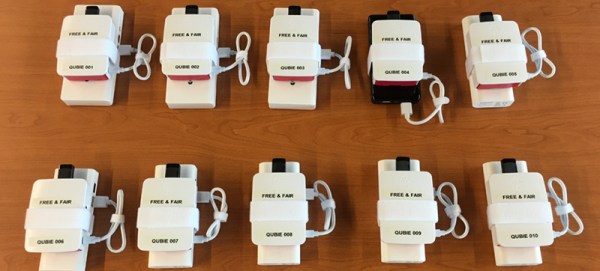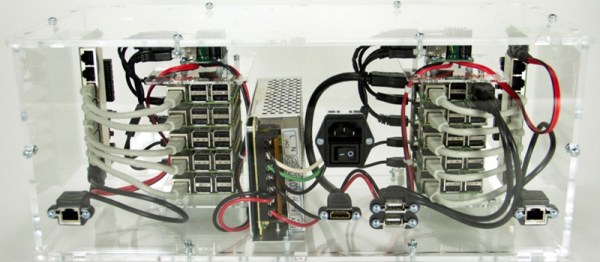You’re driving along a lonely, dark highway with the knowledge that suicide rates are highly correlated with fatal single vehicle car accidents. A highway overpass bridge appears ahead. You might be able to make it around the guard rail. Might is the operative word. You’ve failed at everything else so far, and there’s no reason to believe this would be any exception.
The suffering will not end, but you can delay it a bit. That’s what the Internet is all about. Cat pictures. Memes. Rare Pepes. Distraction is your digital analgesic. Like this post if you agree. The problem with using distraction as a candle of hope in your empty, wind-blown existence is simply finding new things to distract yourself with. This Hackaday Prize entry is the solution to that. It’s a randomizer for Hackaday.io. Russian roulette with a soldering gun.
This Hackaday.io project randomizer works on a property unique to the greatest project hosting site. All the links have a number and the project name in the URL. Remove the project name, and the link still works. It’s a handy pseudo-URL shortener if you ever want to put a link to your project on a PCB, but also a great way to look at all the projects on .io – all you need is a bit of Python, Perl, or some other scripting language
Right now, [Greg] has a Perl script running on one of his servers (sure to be down by the time you read this), that chooses a random number, and tries to grab that Hackaday.io project. If 404 is returned, it tries again until it succeeds.






















